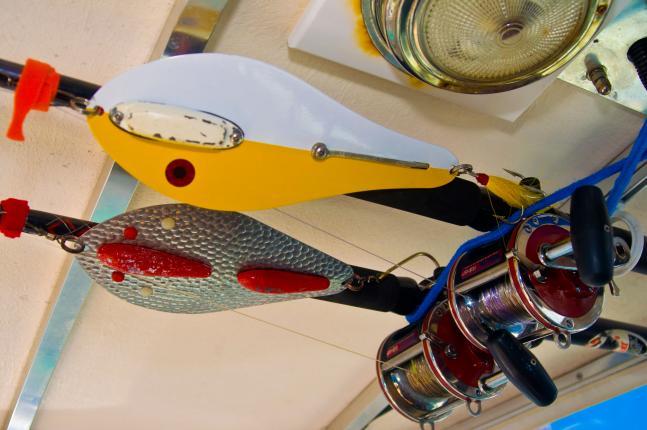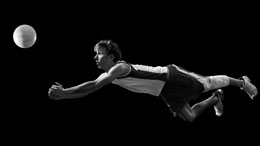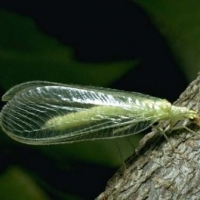Fishing for Flathead
Concentrations of the flathead can be located in sandy areas between areas of reef and their location changes throughout the day and from day to day. Many types of rig have been trailed and used to catch flathead but the most successful are the drifting rigs with the sinker at the bottom and the hooks on traces further up the line. These traces are made by the use of a loop of about 20 centimetres (8 inches) and a blood dropper knot. The loop stands out from the main line. The loop is kept short to reduce the possibility of it twisting and tangling around the main line. Wire traces have been marketed for this purpose however the flathead are shy to take a bait when attached to a wire trace.
The depth of the water and the speed of the current and drift determine sinker size. It is necessary for the sinker to reach the bottom fast and stay there as the boat drifts along. Presentation is also important and when using prawn, attaching the whole thing complete with the shell prevents its destruction by pickers and maintains its appearance for longer.
Fish bait is cut into strips about 7 centimetres long and 2 centimetres wide and must be fresh. The two best methods of attaching a fish bait is to either thread the bait onto the hook, exposing the barb at the end or to just push the hook through the fish once. The second method allows the fish to float and move in the current and presents as a much more attractive bait than the first method which is somewhat rigid. Some of the best fish baits are strips of yellowtail, mackerel, tailor and flathead.
Fishing for flathead from beaches is different from fishing for bream and tailor. The letter are more inclined to be in schools whereas the flathead is usually a loner and bags of half a dozen are rare. The majority of flathead caught are sand flatheads and they bite all day, not going off the bite in the middle of the day like many other species which are best caught at dawn and dusk.
A flathead will move little during the day and it is always best for the angler to move to different locations along the sandy spit than to wait for the fish to come to him. A favourite hangout for the flathead is in the gutters or channels which occur at the end of a sandbar where the flathead will sit and wait for other fish to drift in from the sandbar with the ebb and flow of the waves. Other fish can also be located there.
The best-known bait for flathead, particularly along the northern half of the east coast of Australia, is the white pilchard. It is best presented on a 2 hook gang with a short trace. The white pilchard is a firm bait, even after freezing and will withstand the rigors of numerous casts without disintegrating off the hook. Sinker size is not important so long as it is heavy enough to reach the outer rim of the channel or gutter.
Fishing for flathead with artificial lures is an entirely different style than that used for other species. As the flathead sits on the bottom and rarely moves, the lure must pass practically in front of the flathead's nose to be noticed. Light gear with lures is best and the trick is to cast and allow the lure to sink to the bottom. The lure is then retrieved with a jerky rod action, allowing the lure to skip along the bottom and disturb the sand, giving an appearance as a bait fish and attracting the attention of the flathead. Too slow a speed and the action of a fish is not emulated, too fast and the flathead will ignore it.
The correct spinning tackle should be a light spinning road about 2 metres long with a small threadline reel with line about 3-5 kilogram (6 - 11 lbs) breaking strain. The lure should be any that has a good action with a slow retrieval speed. The lure must also represent a source of food popular with the flathead in a given area. Mostly that would mean a lure similar to a pilchard, or anchovy, with a long slender body. Silver is more than likely the best colour but other colours, even though not fish-like in appearance to the human eye, have been known to work, such as yellow.
Flathead must be handled with care. They have 2 sharp and poisonous spines at each side of the head and although the venom is not fatal, it is enough to cause a very nasty and infected wound. A quick flap of the flathead's head and those spines can be driven into the soft flesh of an angler's hand before they realize it. A good method is to grasp the fish firmly with an old rag or gloved hand and turn the fish over. The thumb and forefinger of the other hand can then be thrust into the gill flaps. The poisonous barbs are then out of harms way and the fish can be de-hooked.
Fishing With Floats
Humminbird PiranhaMAX 15 - Seeing Is Believing And Catching Fish


